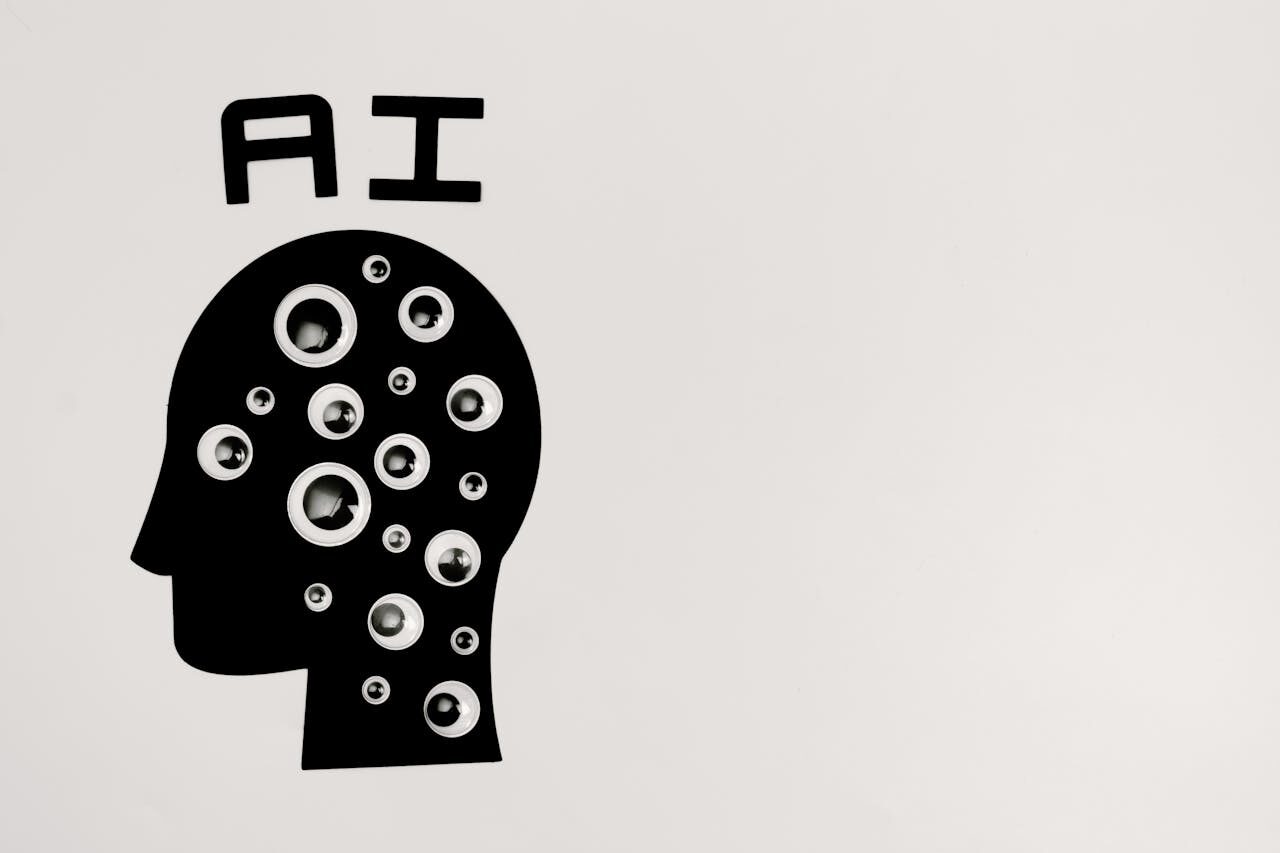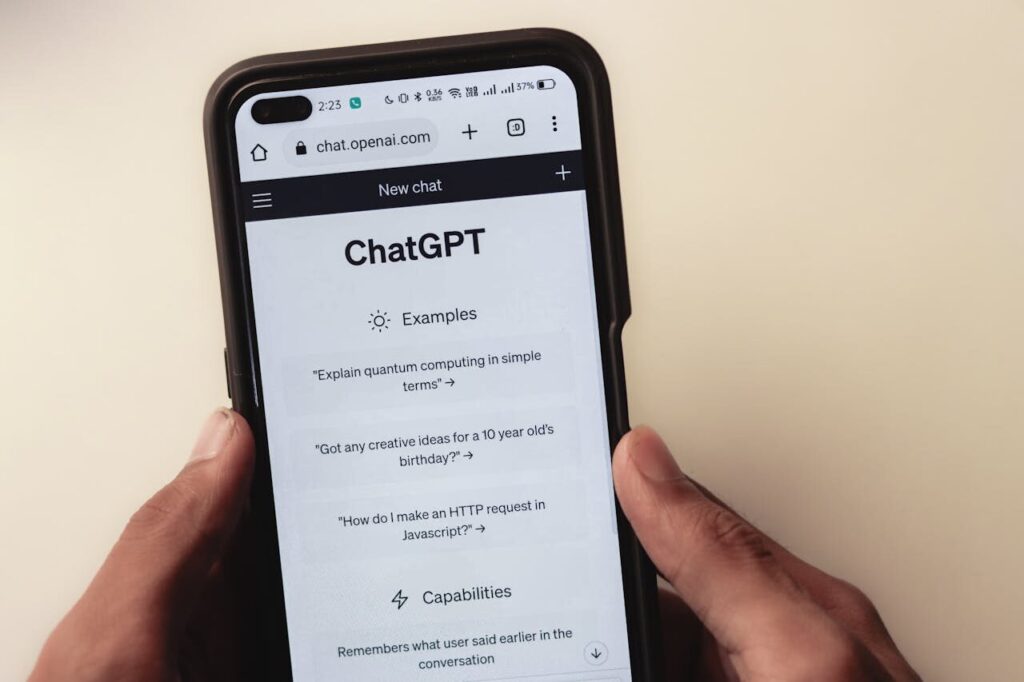
Not sure which AI tool to choose? We compare ChatGPT, Gemini, Deep Seek, Tableau, Power BI, TensorFlow, and PyTorch to help you find the perfect solution for your needs!

There are countless AI and machine learning tools on the market that assist with automation, data analysis, and content generation. But how do you choose the ones that best fit your needs? In this edition, we will review some of the most popular AI tools and compare their advantages and disadvantages to help you make an informed decision.
ChatGPT is the most well-known generative AI tool, based on OpenAI’s GPT technology. It is ideal for text generation, automated conversations, and assistance in areas such as marketing and customer support.
✅ Pros: Fast text generation, great for automating communication, easy to use and widely available.
❌ Cons: Can sometimes provide incomplete or inaccurate responses.
Gemini (Google’s new AI) focuses on generative capabilities across multiple areas, including text, images, and video.
✅ Pros: Strong integration with Google Cloud, better contextual understanding.
❌ Cons: Still new to the market and not as widely used as ChatGPT.
Deep Seek specializes in deep data analysis and generating specific insights.
✅ Pros: Focuses on in-depth analytics, uses advanced algorithms to process complex data.
❌ Cons: Requires more training and configuration time.
Tableau is one of the most popular data visualization tools, allowing users to quickly create interactive charts and reports.
✅ Pros: Easy to use, visually appealing, handles large datasets effectively.
❌ Cons: Higher cost compared to some alternatives.
Power BI by Microsoft offers similar functionalities to Tableau but with a stronger focus on business integrations.
✅ Pros: More affordable, seamlessly integrates with Microsoft Office tools, widely accessible.
❌ Cons: Visualizations are not as advanced as those in Tableau.

TensorFlow is the most widely used machine learning platform, developed by Google.
✅ Pros: Ideal for large-scale projects, industry-standard, supports multiple programming languages.
❌ Cons: Complex for beginners, can be overwhelming for smaller projects.
PyTorch is more flexible and adapts quickly to changes.
✅ Pros: Easier to learn, popular in academia and research, great for experimentation.
❌ Cons: Less support for large-scale production projects compared to TensorFlow.
Zapier is an automation tool that allows you to connect different applications and automate tasks without coding.
✅ Pros: Easy to use, extensive integrations.
❌ Cons: Limited functionalities compared to more advanced tools.
Make (formerly Integromat) offers more advanced automation features, allowing users to create complex workflows.
✅ Pros: Greater flexibility, supports more complex integrations.
❌ Cons: Requires more time to learn and configure.
The best AI tool depends on your specific needs:
Inspire Academy offers courses to help you master these tools and apply them in your career. Whether you’re a beginner or an experienced professional, our programs will equip you with the right skills to use AI tools effectively.
